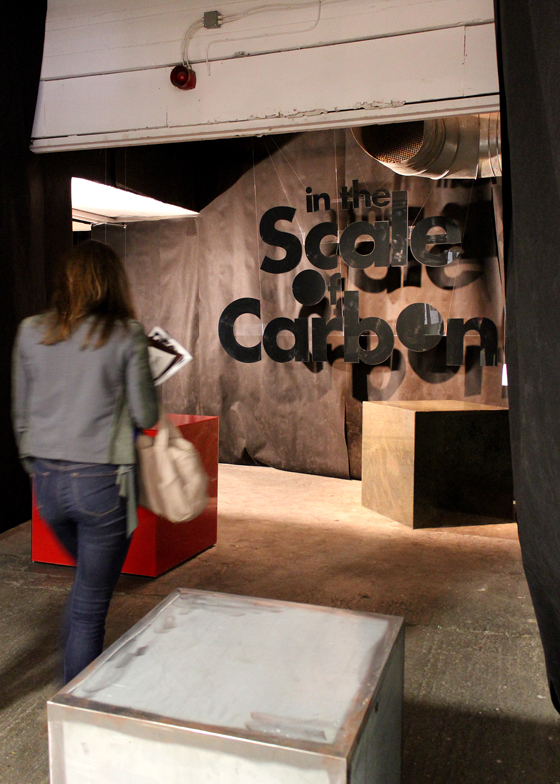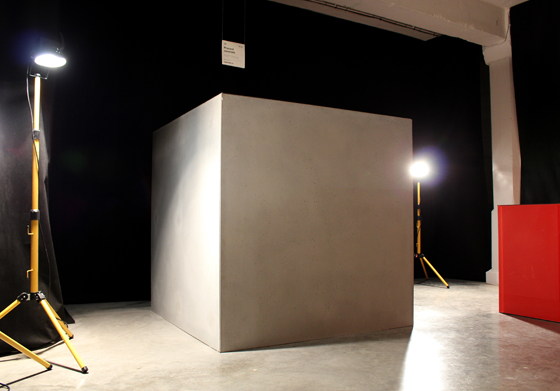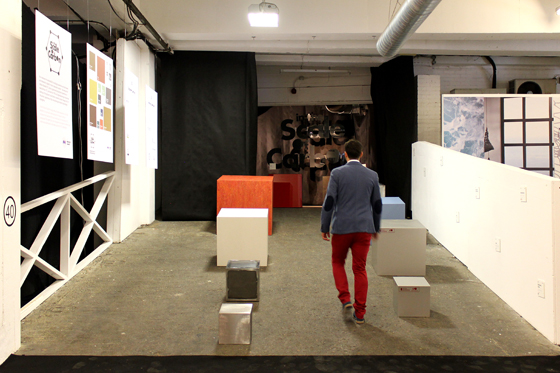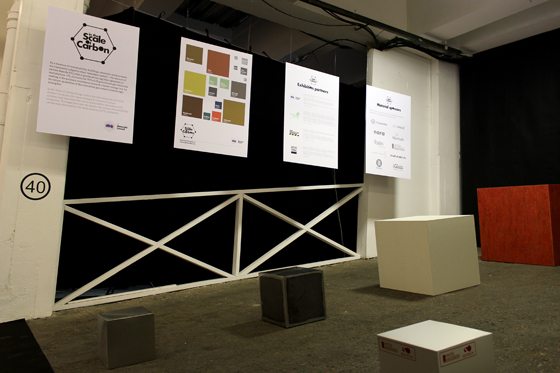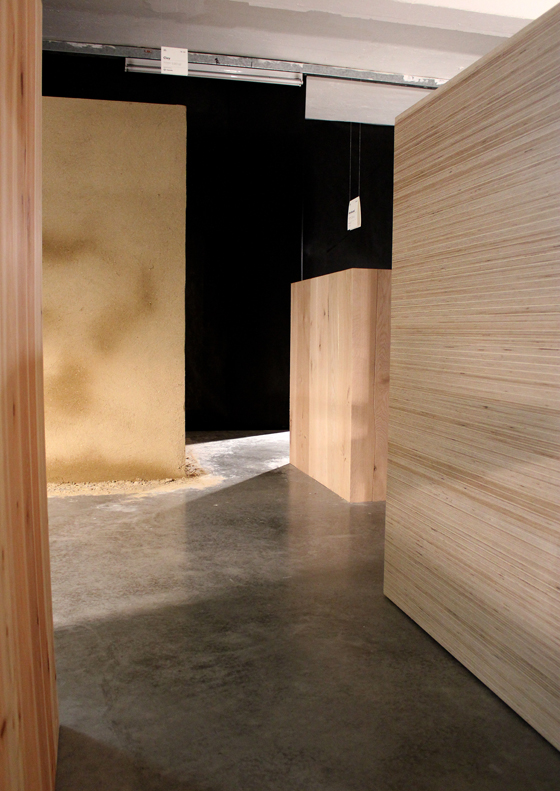Supersize Me: Materials Council's 'In the Scale of Carbon' exhibition
Texte par Simon Keane-Cowell
Zürich, Suisse
26.09.13
For a colourless, odourless gas, CO2 packs a punch. It now accounts for 76% of all greenhouse-gas emissions. So how do you communicate to a fair-going public the relative merits of different materials when it comes to carbon emissions? Materials Council shows how it's done.
_
Size, we’re often told, doesn’t matter.
Visitors to last week’s Super Brands London, however, were presented with a different take on magnitude as expert materials consultancy Materials Council’s latest exhibition ‘In the Scale of Carbon’ demonstrated how bigger can definitely be better.
With the Intergovernmental Panel on Climate Change set to meet in Sweden to thrash out a new report on global warming – one which is set, for the first time, to underscore unequivocally man’s role in increasing temperatures worldwide – never has it been more critical for creative professionals and manufacturers to understand truly the environmental cost and impact of the materials they use and specify.
‘In the Scale of Carbon’ visualised in an arresting way the comparative volume of a range of materials often used in the building process in terms of how much of the stuff can be produced for one tonne of carbon-dioxide emissions. The physical scale of each of the cubes communicated strikingly the relative virtue (or not) of such materials as concrete, clay, steel, aluminium, rubber and hardwood. The bigger the cube (the largest topping two metres), the more bang for your CO2.
With the exhibition designed in collaboration with London-based RAW Architecture, where the emphasis was on visual simplicity and legibility as well as on the power of touch, Materials Council’s co-founders Ian Hunter and Brad Turner turned abstract data, verified by expert Dr Craig Jones of Circular Ecology, into physical reality. This was sculpture as materials science.
“We wanted to engage and inform the audience in a very immediate way,” explains Turner, “so that they could have an instant understanding or intuition of the relative merits of the materials displayed and what is an increasingly important aspect of sustainability, which they can hopefully bring into their work.”
Hunter elaborates, explaining how the exhibition dovetailed with Materials Council’s very raison-d’etre: “This is our central aim: to take complex information from a range of sources, and to translate and communicate it to architects and designers, allowing them to make completely informed decisions about appropriate material selection to successfully realise their designs.” With their unique position, sitting as they do as independent materials consultants between creatives and manufacturers, Materials Council is ideally placed to engage in this kind of no-compromise communication of the facts.
Big or small, that’s got to be good.
...
